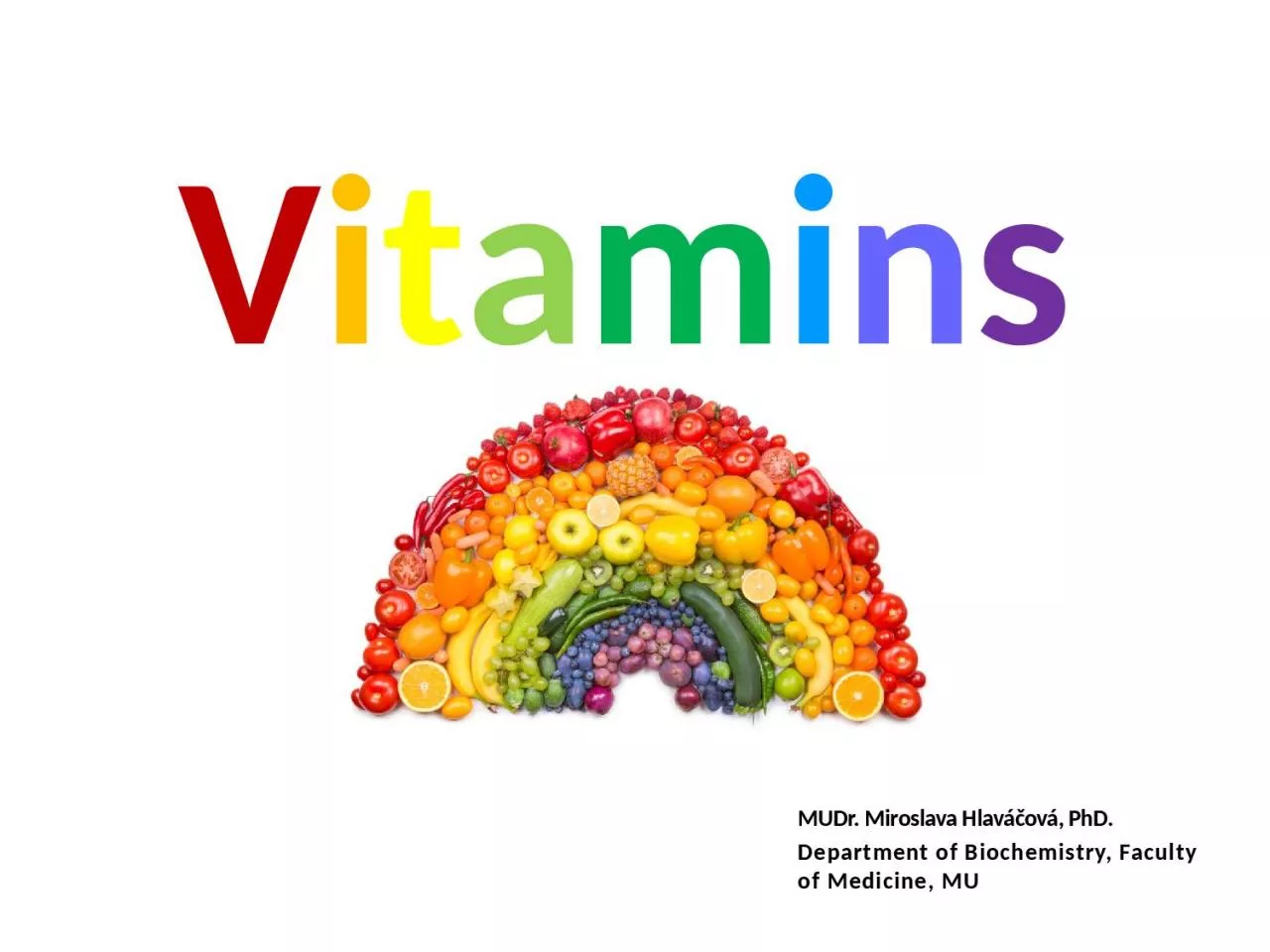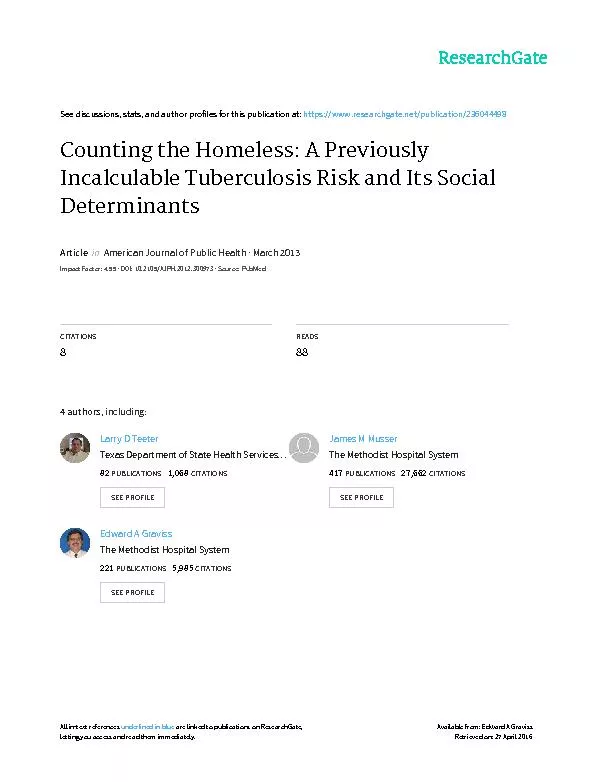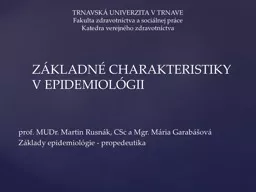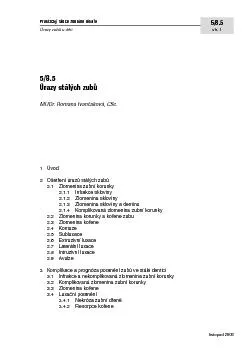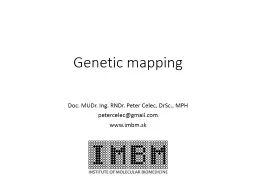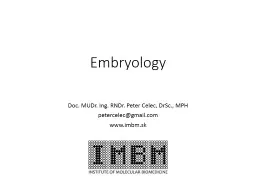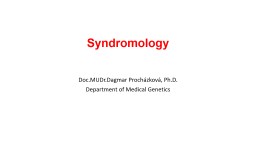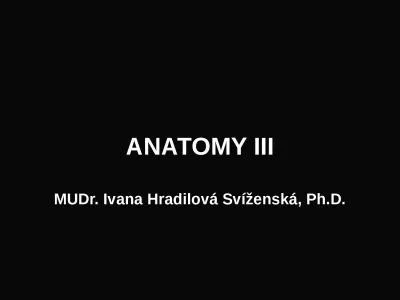PPT-V i t a m i n s MUDr. Miroslava Hlaváčová, PhD.
Author : mia | Published Date : 2023-07-23
Department of Biochemistry Faculty of Medicine MU History Casimir Funk in 1912 first introduced the word vitamine derived from words vital and amine later the
Presentation Embed Code
Download Presentation
Download Presentation The PPT/PDF document "V i t a m i n s MUDr. Miroslava Hlaváč..." is the property of its rightful owner. Permission is granted to download and print the materials on this website for personal, non-commercial use only, and to display it on your personal computer provided you do not modify the materials and that you retain all copyright notices contained in the materials. By downloading content from our website, you accept the terms of this agreement.
V i t a m i n s MUDr. Miroslava Hlaváčová, PhD.: Transcript
Department of Biochemistry Faculty of Medicine MU History Casimir Funk in 1912 first introduced the word vitamine derived from words vital and amine later the final e was dropped. Meta-analysisofObservationalStudiesinEpidemiologyAProposalforReporting DonnaF.Stroup,PhD,MSc JesseA.Berlin,ScD SallyC.Morton,PhD IngramOlkin,PhD G.DavidWilliamson,PhD DrummondRennie,MD BetsyJ.Becker,P MarshaL.Feske,PhD,MPH,LarryD.Teeter,PhD,JamesM.Musser,MD,PhD,andEdwardA.Graviss,PhD,MPHTuberculosis(TB)surveillanceamongthehomelessisnotsupportedbythepoliticalwillnecessaryforTBelimination.Wemergedthe 1. . Éléments d’éthique et de déontologie. Réflexions sérieuses sur une BD. Les applications. 3. e. partie de 3. . 2006, révision nov. 2012. Margot Phaneuf, inf.,PhD.. OBJECTIFS. 1. . Ethics Elements. - Serious Thoughts in a Cartoon -. 3rd part: applications . 2006, revised . nov. . 2012. Margot Phaneuf, inf., Ph.D.. OBJECTIVES. .. To broach the principles of confidentiality,. prof . MUDr. Martin Rusnák, CSc a Mgr. Mária Garabášová Základy epidemiológie - propedeutika ZÁKLADNÉ CHARAKTERISTIKY V EPIDEMIOLÓGII TRNAVSKÁ UNIVERZITA V TRNAVE Fakulta zdravotníctva a sociálnej práce Stoklásková. Changes after death. early. late. physical. body. . cooling. - . algor. . mortis. h. ypostasis. - . livor. . mortis. desiccation. diffusion . of liquids and . gases. mummification. chemical. EU V-2 Př7. Miroslava Komárová. ZŠ Zákupy. Název: Naši obojživelníci. Cíl: Výuka nového učiva o obojživelnících ČR. Doba: 25 – 30 minut. Pomůcky: interaktivní tabule. Ocasatí. Čolek obecný, horský. Poruchy vědomí, křečové stavy. Aktivní stav lidské psychiky, vyjadřuje. vztah vlastní osoby a okolního světa.. Bdělost (vigilita), abstrakce, verbalizace, hodnocení, sebeuvědomování. (orientace v čase, prostoru, vlastní osobě).. Lidská plemena. Název: lidská plemena. Cíl: Výuka nového učiva o lidských plemenech. Doba: 25 – 30 minut. Pomůcky: interaktivní tabule. EU V-2 Př8. Miroslava Komárová. ZŠ Zákupy. Pigment v kůži – vliv na barvu pleti, vlasů, očí. str. 1 str. 2 petercelec@gmail.com. www.imbm.sk. Linus. . Carl. . Pauling. (1901 – 1994). Nobel. . prize. 1954 – . Chemistry. 1962 – Peace. Francis. . Crick. (1916 – 2004). Nobel. . p. rize. 1962 – . petercelec@gmail.com. www.imbm.sk. Stem. . cells. Totipotency. All. . tissue. . types. Pluripotency. All. . tissues. . except. placenta. and . amniotic. . sac. Multipotency. Several. . related. Procházková, Ph.D.. Department . of. . Medical. . Genetics. . Syndrome. A combination of several anomalies and malformations, which occurs repeatedly together and creates a characteristic clinical picture . Svíženská. , Ph.D.. Lectures. Seminars. 1.. Anatomy . of . the. . nervous. . system. , . Spinal. . nerve . Structure. of . the. . spinal. . cord. . Gross . anatomy and . structure. of . the.
Download Document
Here is the link to download the presentation.
"V i t a m i n s MUDr. Miroslava Hlaváčová, PhD."The content belongs to its owner. You may download and print it for personal use, without modification, and keep all copyright notices. By downloading, you agree to these terms.
Related Documents

